These 13 Society alumni are Nobel Prize Laureates
Last week, we found out that Kip Thorne, a Science Talent Search alum, had won the Nobel Prize in Physics for his observation of gravitational waves. Thorne isn’t the only Society alumni who was named a Nobel Laureate. All thirteen of these Nobel Laureates were Science Talent Search alumni, which is a pretty impressive track record for a competition.
Read on to learn more about our Nobel Laureate alumni.

Leon Cooper participated in the 1947 Westinghouse Science Talent Search and received the 1972 Nobel Prize in Physics. He was recognized for his jointly developed theory of superconductivity, the BCS-theory. When certain metals are cooled to low temperatures, they become superconductors. Cooper, John Bardeen, and Robert Schrieffer developed a theory for the phenomenon in 1957, based on quantum mechanics. Fun fact: The character Sheldon Cooper in The Big Bang Theory is named partly after Leon Cooper.
Gerald Edelman participated in the 1946 Westinghouse Science Talent Search and received the 1972 Nobel Prize in Physiology or Medicine. He was recognized for his discovery on the chemical structure of antibodies. Edelman and Rodney Porter separately researched the chemical composition of antibodies using various methods. He split them into smaller parts and mapped their biological effects. And in 1959, this allowed them to determine the structure of antibodies.
Become a Society member and support future Nobel Prize Laureates.
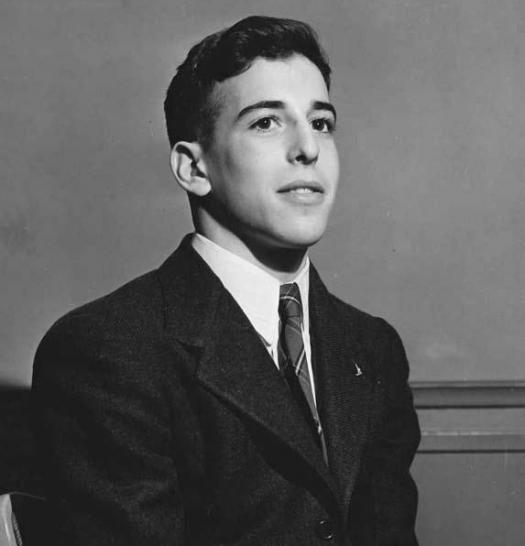
Ben Mottelson participated in the 1944 Westinghouse Science Talent Search and received the 1975 Nobel Prize in Physics. He was recognized for the discovery of the connection between collective motion and particle motion in atomic nuclei and for the development of the theory of the structure of the atomic nucleus. In collaboration with Mottelson and experiments in 1952 and 1953, Aage Bohr determined that nucleons in the outer portions of the atomic nucleus move in paths and interact with nucleons inside, which distorts the nucleus.

Sheldon Glashow participated in the 1950 Westinghouse Science Talent Search and received the 1979 Nobel Prize in Physics. He was recognized for his contributions to the theory of the unified weak and electromagnetic interaction between elementary particles. In 1968, Glashow, Abdus Salam, and Steven Weinberg contributed to this theory, which helped explain one of the four fundamental forces in nature.

Walter Gilbert participated in the 1949 Westinghouse Science Talent Search and received the 1980 Nobel Prize in Chemistry. He was recognized for his contributions to determining base sequences in nucleic acids. In 1976, Gilbert and Allan Maxam developed a method where ends of the DNA molecule could be marked using radioactive substances. Then, after treatment with chemicals that react with specific nucleotides, DNA fragments of varying lengths can be determined. And after electrophoresis, the nucleotide sequences in a DNA sample can be identified.
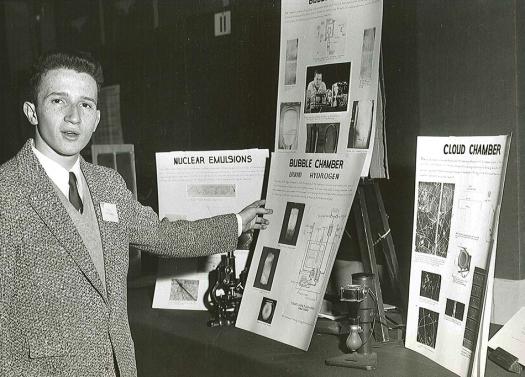
Roald Hoffmann participated in the 1955 Westinghouse Science Talent Search and received the 1981 Nobel Prize in Chemistry. He was recognized for his theories on the course of chemical reactions. Hoffman developed theories about atoms and chemical reactions from the mid-1960s. Hoffman and Kenichi Fukui, independently of one another, demonstrated how the symmetrical properties of electron orbitals explain the course of chemical reactions.
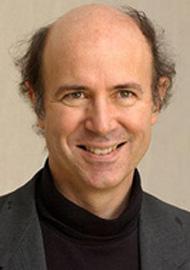
Frank Wilczek participated in the 1967 Westinghouse Science Talent Search and received the 2004 Nobel Prize in Physics. He was recognized for his discovery of asymptotic freedom in the strong interaction theory. An atomic nucleus is held together by a powerful interaction which binds protons and neutrons. This interaction also holds together quarks that make up those protons and neutrons. In 1973, Wilczek, David Gross, and David Politzer came up with a theory suggesting that when quarks come close to each other, the attraction reduces and they behave like free particles — this is called asymptotic freedom. Wilczek is a Society for Science & the Public board member.
John Hall participated in the 1952 Westinghouse Science Talent Search and received the 2005 Nobel Prize in Physics. He was recognized for his contributions to the development of laser-based precision spectroscopy, including the optical frequency comb technique. In 2000, Hall and Theodor Hänsch developed this technique, where laser light with a series of equidistance frequencies can be used to measure frequencies with great precision. In quantum physics, light and other electromagnetic radiation appears in the form of packets with fixed energies, which corresponds to energy transitions in atoms. And determining the frequency of light waves provides information about atoms’ properties.

Roger Tsien participated in the 1968 Westinghouse Science Talent Search and received the 2008 Nobel Prize in Chemistry. He was recognized for the discovery and development of the green fluorescent protein, GFP. Some organisms produce this protein, and its formation is regulated by a gene that can be incorporated into other organisms’ genomes. With genetic engineering, GFP can be linked to other proteins, and has become an important tool for studying biological processes in cells. In the 1990s, Tsien succeeded in varying the color of the light for the protein so that different proteins and biological processes could be tracked.
Alvin Roth participated in the 1968 Westinghouse Science Talent Search and received the 2012 Nobel Prize in Economics. He was recognized for the theory of stable allocations and the practice of market design. In the 1980s Roth used Lloyd Shapley’s theoretical results of different matching methods to explain how markets function in practice. With empirical studies and lab experiments, Roth showed that stability was critical to successful matching methods. He also developed systems for matching doctors with hospitals, school children with schools, and organ donors with patients.
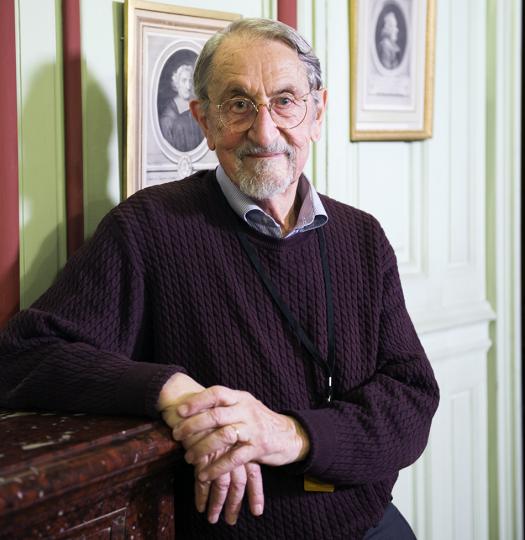
Martin Karplus participated in the 1947 Westinghouse Science Talent Search and received the 2013 Nobel Prize in Chemistry. He was recognized for the development of multiscale models for complex chemical systems. In the 1970s, Karplus, Michael Levitt, and Arieh Warshel developed methods that combined quantum and classical mechanics to calculate the courses of chemical reactions using computers. During chemical reactions, atoms change places and new molecules are formed.
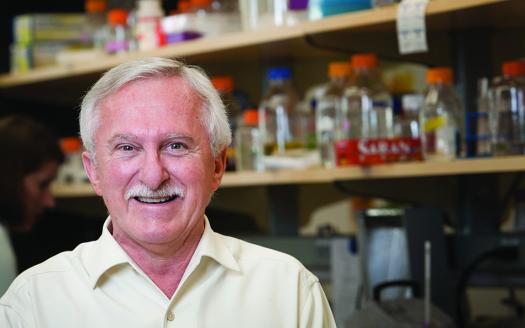
Paul Modrich, who participated in the 1964 Westinghouse Science Talent Search and Intel International Science and Engineering Fair, received the 2015 Nobel Prize in Chemistry. He was recognized for mechanistic studies of DNA repair. DNA molecules aren’t completely stable and can be damaged. In 1989 Modrich showed how methyl groups attached to a DNA molecule act as signals for repairing incorrect replications of DNA, through studies of bacterial viruses. This has increased our understanding of how the living cell works, causes of cancer, and the processes of aging.
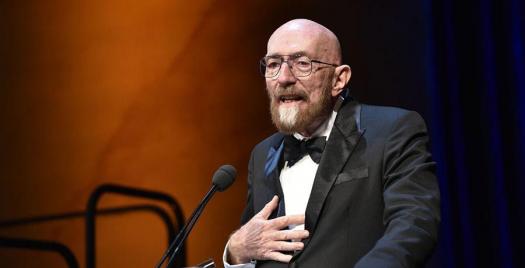
Kip Thorne, who participated in the 1958 Westinghouse Science Talent Search, received the 2017 Nobel Prize in Physics. He was recognized for decisive contributions to the Laser Interferometer Gravitational-Wave Observatory (LIGO) detector and the observation of gravitational waves. Thorne was instrumental in laying the groundwork for the first detection of gravitational waves.
Nobel information from www.nobelprize.org.


